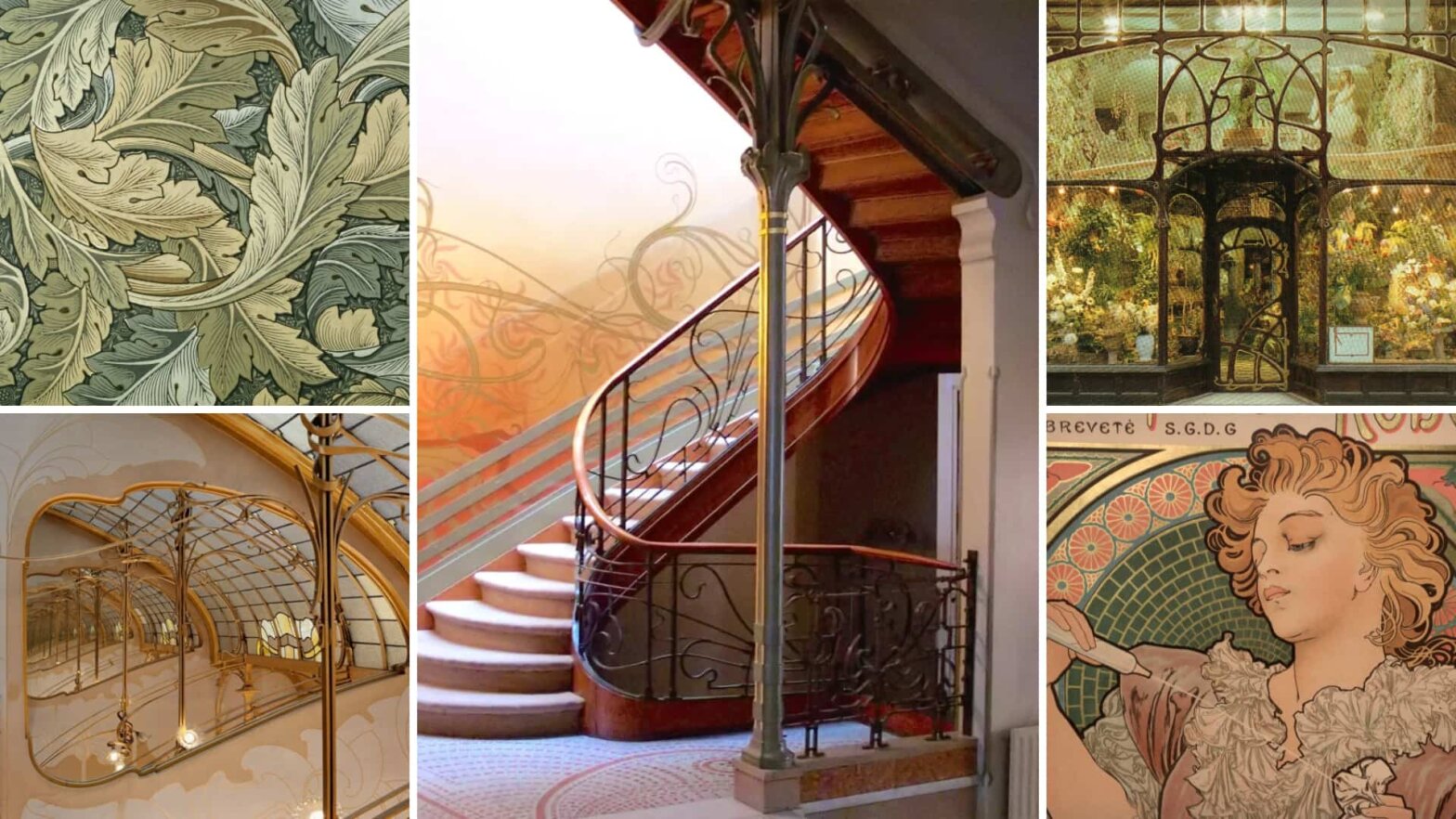Art Nouveau, while highly stylized and “antique” in appearance, is an ornamental style of design that has stood the test of time. In part, this is because it proved that art could surpass the limits of a square canvas and extend its reach to everyday wares. So what is Art Nouveau? Read on to learn more about this extravagant style and its lasting effects on the art scene.
Art Nouveau Definition
First, let's define Art Nouveau
Art Nouveau is an internationally recognized style of art. While having flourished during late the 1800s and early 1900s particularly in Europe and the United States, works in this style have been restored, maintained, and treasured worldwide to this day. For more, check out our index of art styles covering more specific and noteworthy movements.
ART NOUVEAU DEFINITION
What is Art Nouveau?
An ornamental, dynamic, and even sensual style of art characterized by long, sinuous lines and asymmetrical structure, often depicting objects in nature such as vines, insect wings, and flower stalks.
Origins of Art Nouveau
When did Art Nouveau begin?
The uncompromising style of Art Nouveau is often considered a response to the hyper-industrialization of Europe of the late 19th century. This rise in mass production seemed to come at the expense of true craftsmanship and originality, and artists of this time made, through Art Nouveau, a more deliberate attempt at daring, exotic design.
Typically, we attribute the style to French artists, especially since Art Nouveau technically debuted in 1900 at the Paris Exposition Universelle. But really, artists across Europe were both intrigued and involved in the Art Nouveau takeover.
These artists maintained that beauty could be more accessible. Rather than “just” paintings, glassware, jewelry, and other common items could be artfully designed, thus bringing beauty into everyday life. This style helped define the Belle Époch, the period of time between around 1880 to the outbreak of World War I in 1914.
Examples of Art Nouveau
Art Nouveau Examples
We understand Art Nouveau as an antique art form, but by no means is it unenduring. What began as furniture, utensils, and paintings (which in and of itself was edgy for the time) also became street art and modern day architecture. Even the psychedelic look of albums from the 1960s has Art Nouveau to thank. Check out the video below for more on how artists took design inspo from Art Nouveau.
Where the 1960s “psychedelic” look comes from
Musicians and graphic designers of the 1960s added their own spin to this classic art movement. Take a look at some other classic and modern examples of Art Nouveau below.
Classic Examples
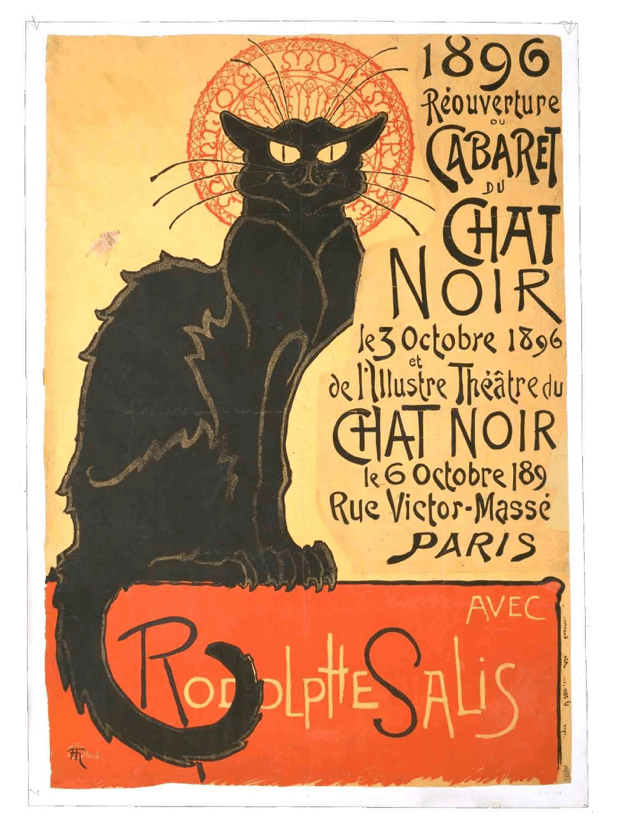
Cabaret du Chat Noir, Théophile Alexandre Steinlen, 1896, France
Théophile Steinlen’s poster for Le Chat Noir, considered the first ever cabaret, is a prime example of the Art Nouveau style. Steinlen’s stylized typography, in particular, signals its embrace of the form.
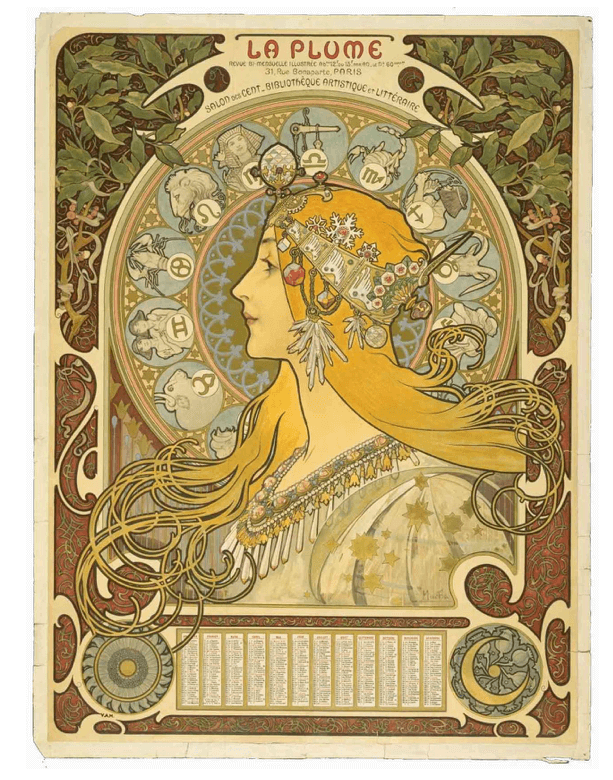
La Plume, Alphonse Mucha, 1897, France
Art Nouveau is all over Alphonse Mucha’s artwork for the literary journal La Plume, which featured poetry and other works from avant garde artists.
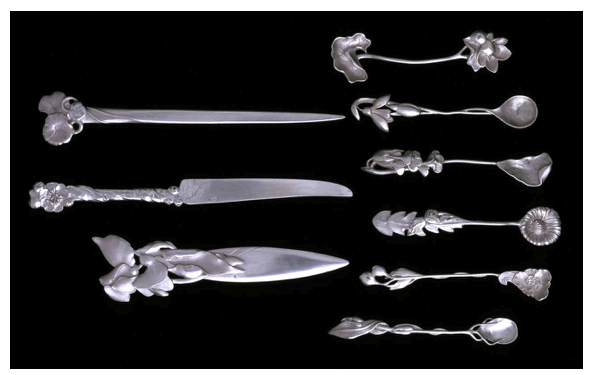
Knives and spoons, Prince Bojidar Karageorgevitch, ~1900, Paris, France
Art Nouveau isn’t just paintings. Bojidar Karageorgevitch brought the gaudy style to cutlery.
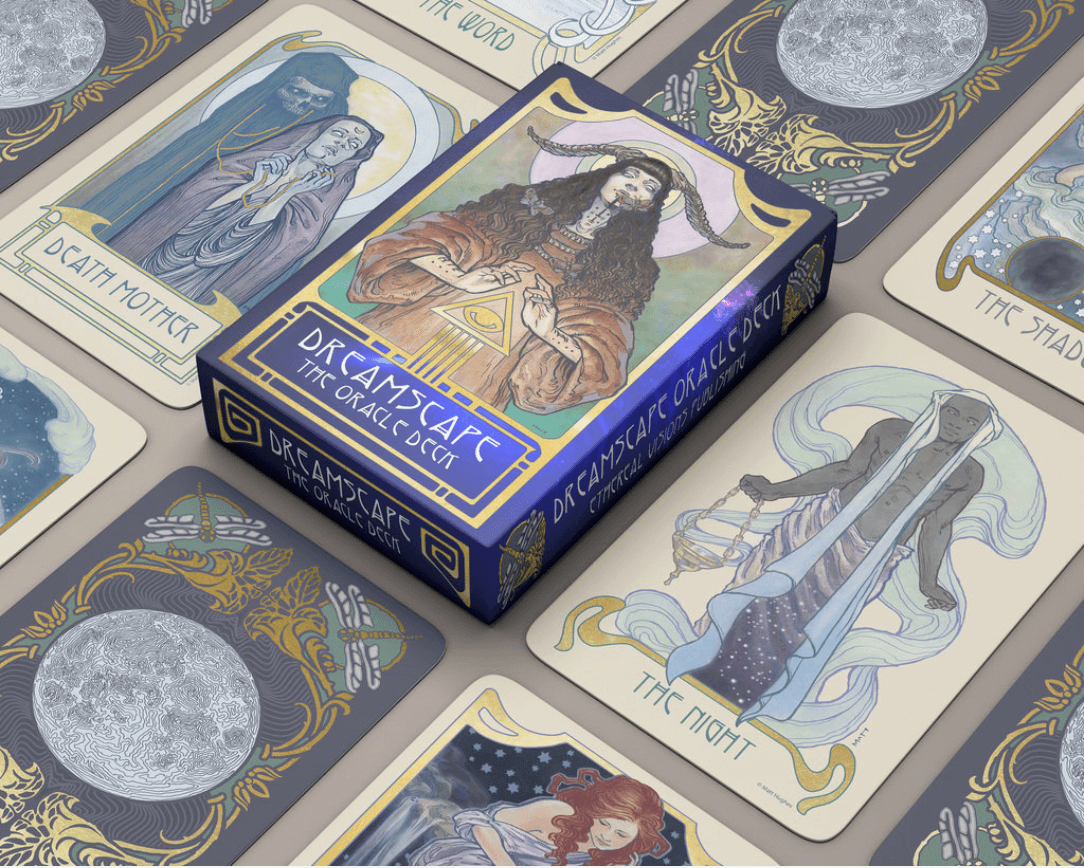
Ethereal Visions Tarot Deck, Matt Hughes, 2020
Art Nouveau is a fitting style for ethereal practices like tarot cards.
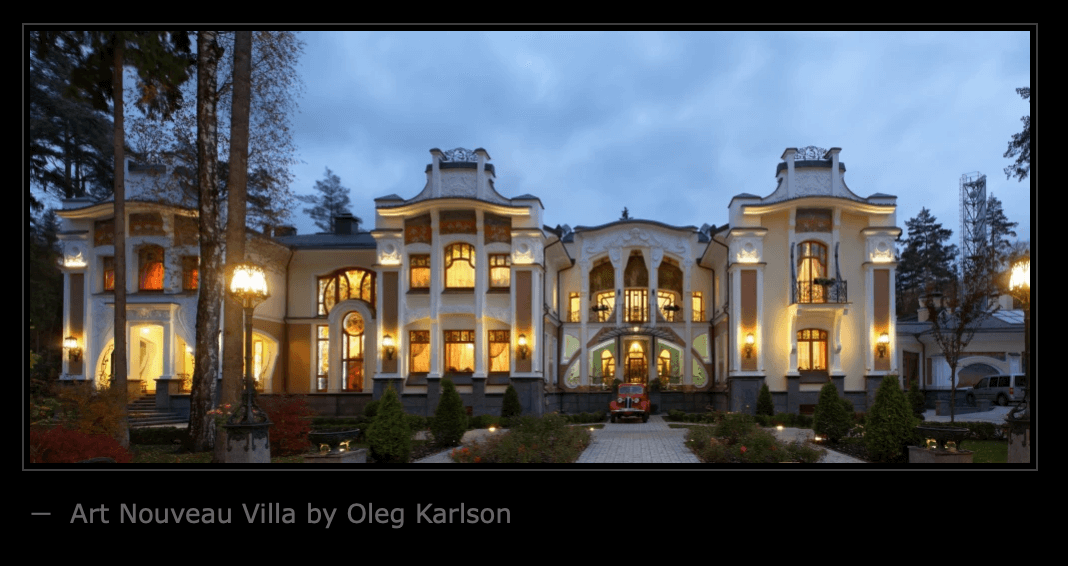
Art Nouveau Villa, Oleg Karlson, Russia, 2009
Art Nouveau is the explicit source of inspiration for Oleg Karlson, who built this ornate Russian village over a century after the style’s heyday.
Modern Examples
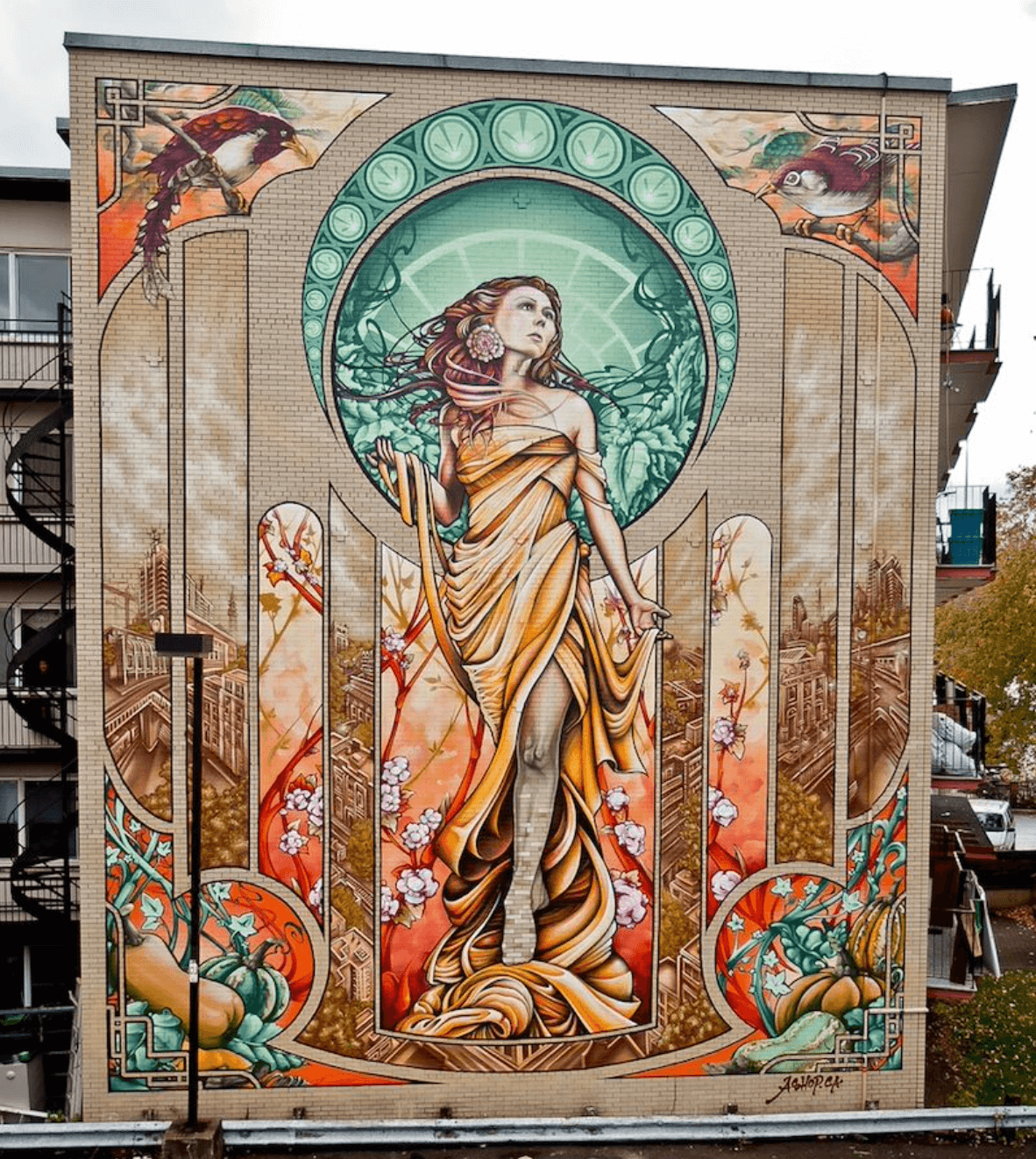
Our Lady of Grace, ASHOP, Montreal, 2011
Street artist ASHOP nodded to Art Nouveau with this massive mural in Canada.
Modern Examples of Art Nouveau
Influences of Art Nouveau
Art Nouveau is ever-evolving in print, architecture, and even kitchen utensils. But what is its place in screen media?
Art Nouveau’s effect on the art scene was generally revolutionary in a positive way; however, other terms to describe Art Nouveau (by nay-sayers) include “vulgar,” “meaningless,” and even “criminal.” Art Nouveau was unexpected and unusual. Even the New York Times, in 1904, referred to the style as “horrid.” In this sense, some scholars, in particular Lucy Fischer, have made the connection between Art Nouveau as a design methodology and the horror film genre.
Often times, villains of early horror films were ornate, extravagant, excessive, even sensual and carnal in their desires for chaos and disaster. One example of this is film The Abominable Dr. Phibes. See screencaps from the film, and its Art Nouveau touches, below.
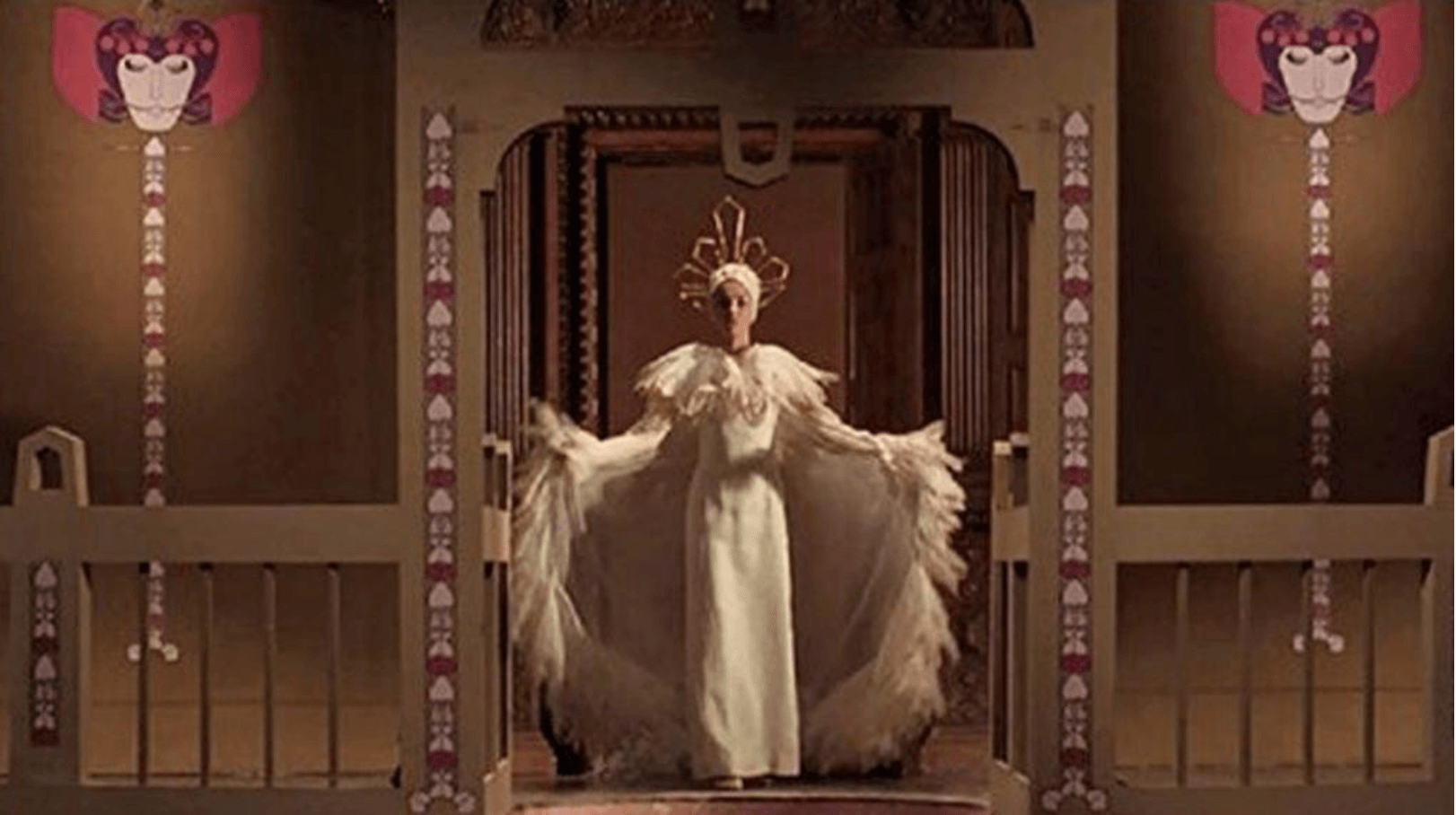
The Abominable Dr. Phibes, 1971
The British film leans into horror and comedy, and Art Nouveau gives it its over-the-top flair.
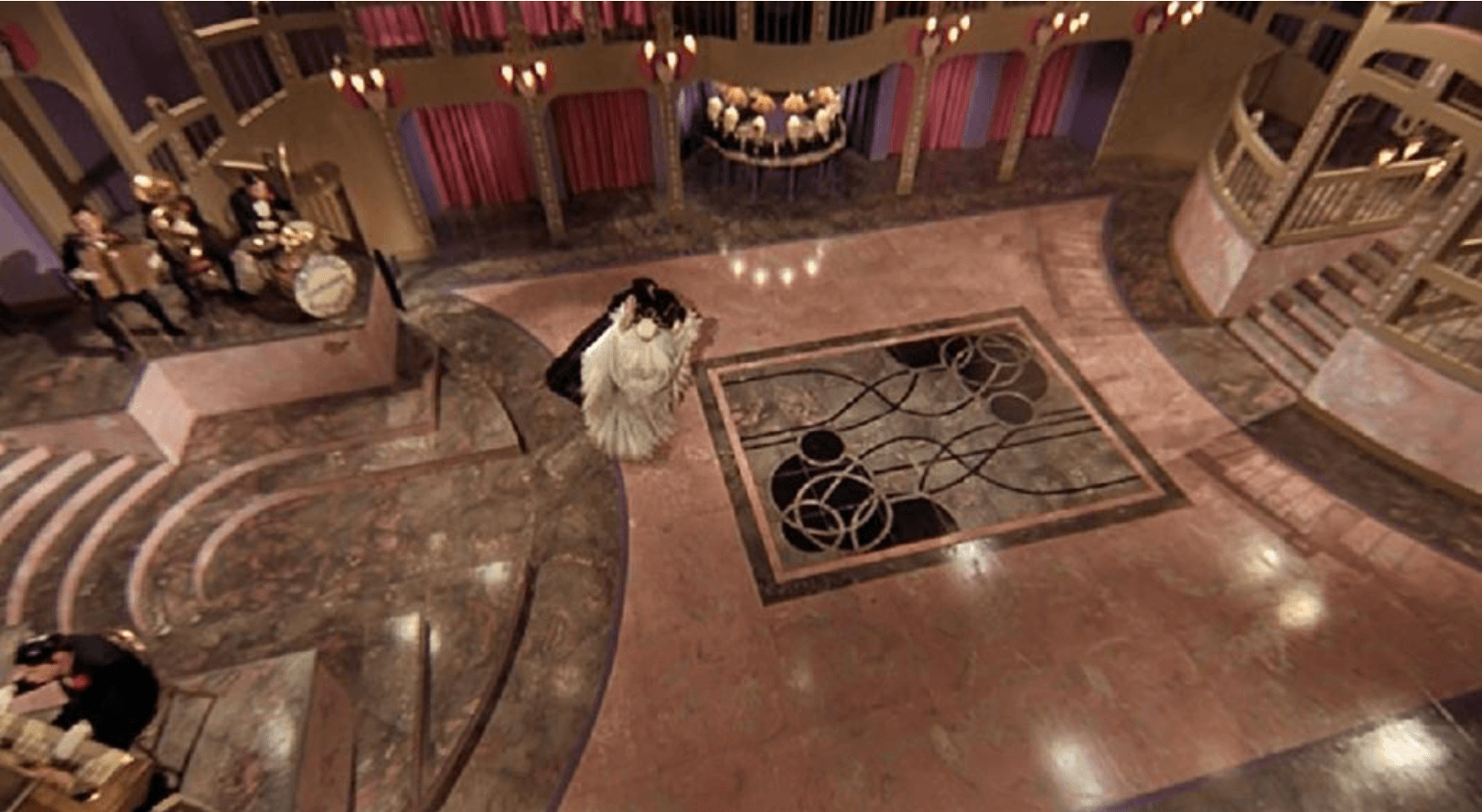
The Abominable Dr. Phibes, 1971
More recently, Fischer points out the example of The Strange Color of Your Body’s Tears (2013). The film uses Art Nouveau in its architecture…
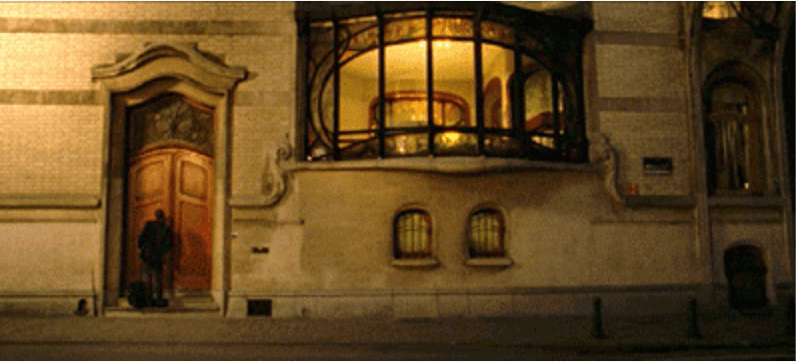
The Strange Color of Your Body’s Tears, 2013
And in its paintings.
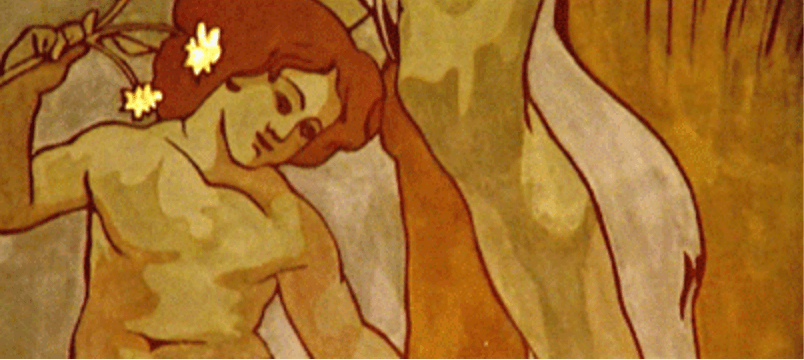
The Strange Color of Your Body’s Tears, 2013
Once more, the style lends itself to a stylized horror:
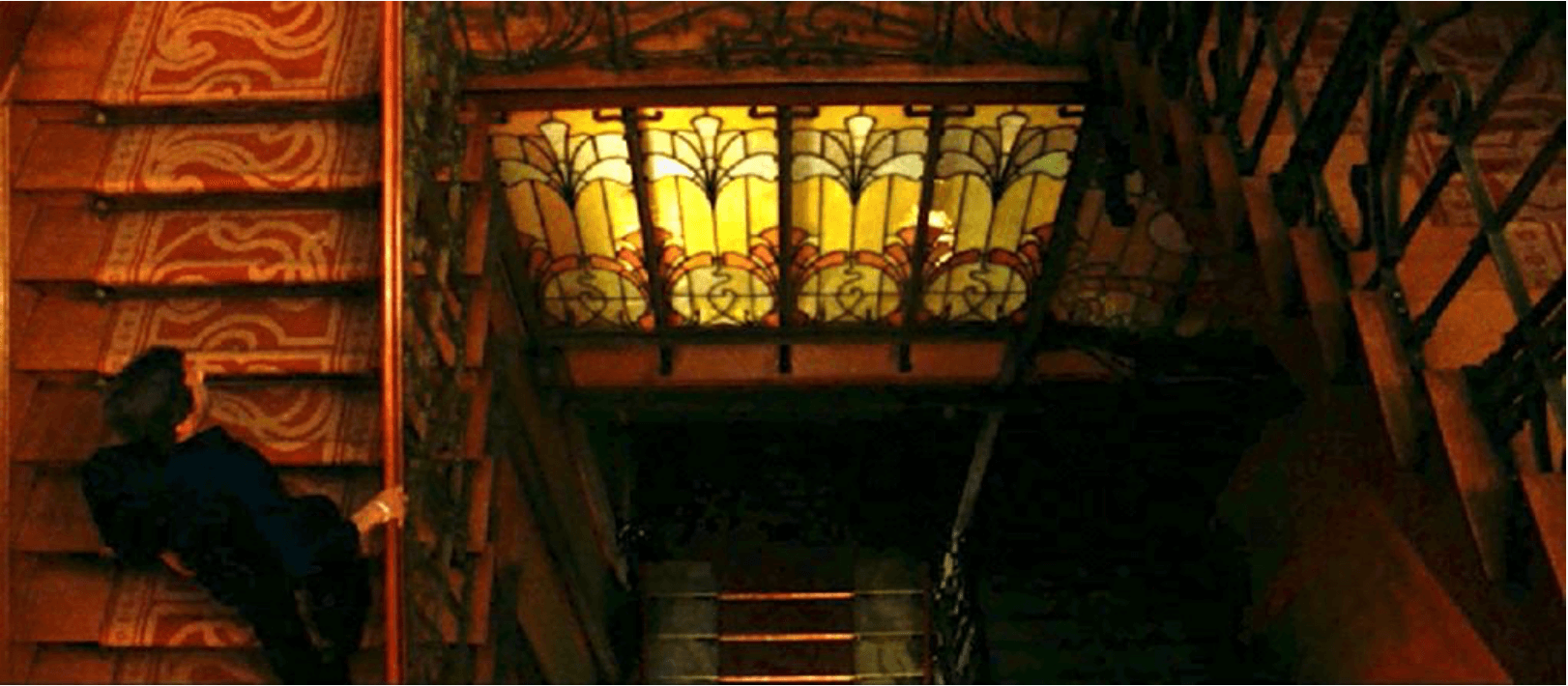
The Strange Color of Your Body’s Tears, 2013
While it isn’t textbook to include Art Nouveau in horror, there are classic examples of macabre villains who are ornate and grandiose in more ways than one (think Loki, Voldemort, or even Cruella de Ville). As such, Art Nouveau reminds us once again to rethink the ways in which we can implement it.
UP NEXT
Explore More Styles and Movements
This was just one of many fascinating segments of art history. There are many eras, styles, artists, and movements to discover. Let's continue our study by choosing the next stop on your way to becoming an art aficionado. Below you can visit our Art Styles Index, our Art History Timeline, or choose an individual movement.
Showcase your vision with elegant shot lists and storyboards.
Create robust and customizable shot lists. Upload images to make storyboards and slideshows.
